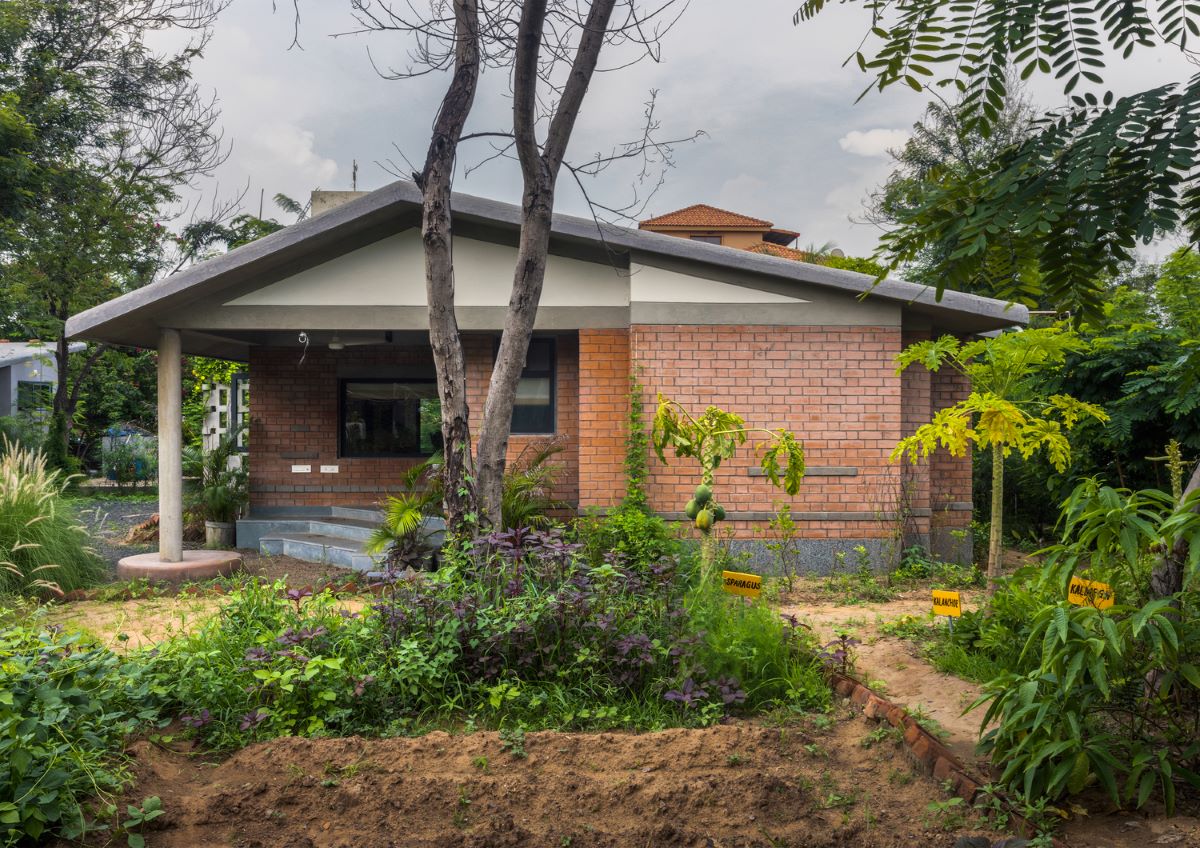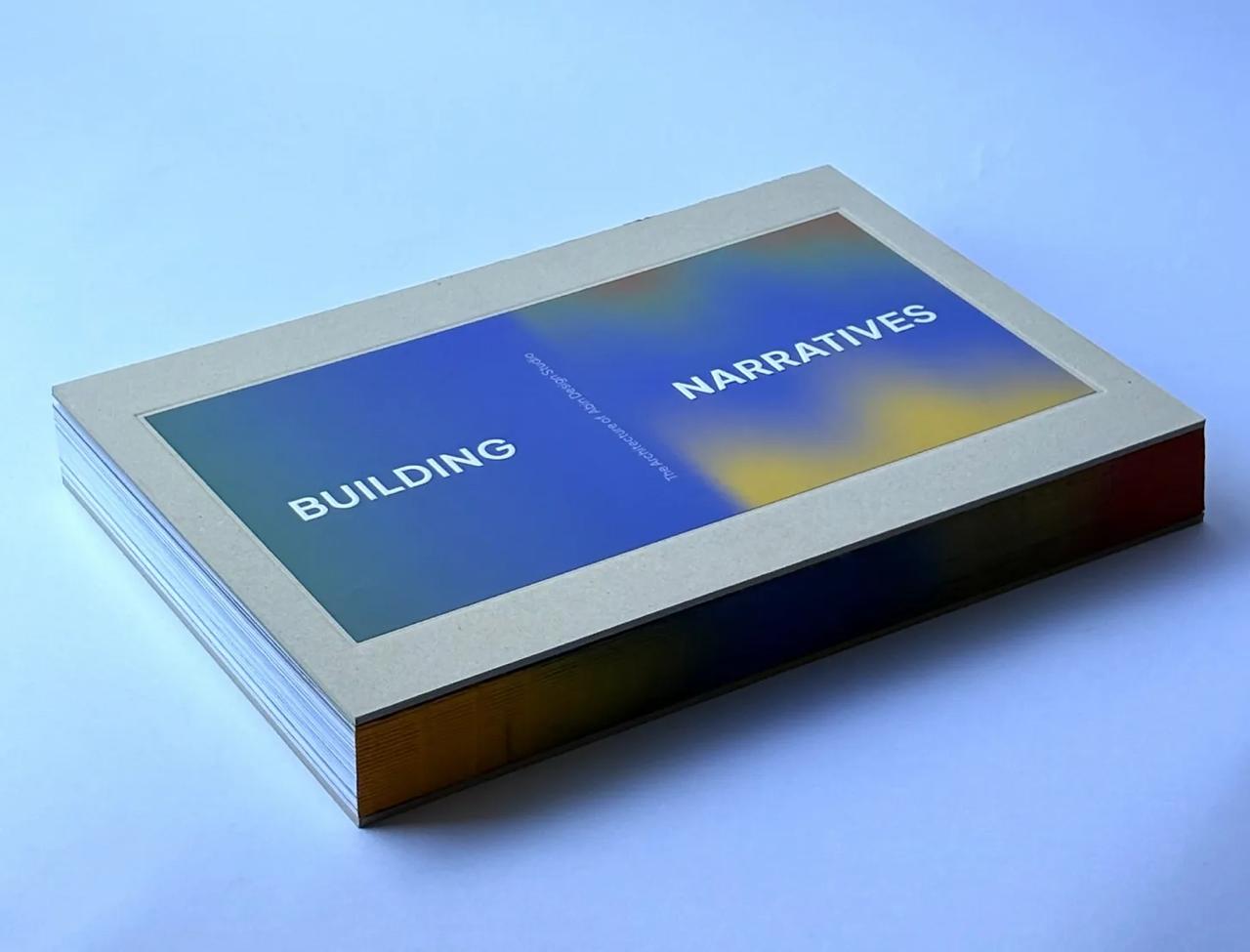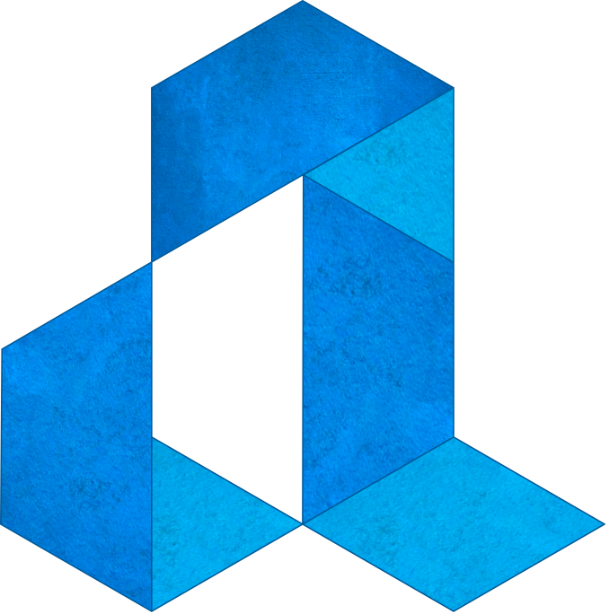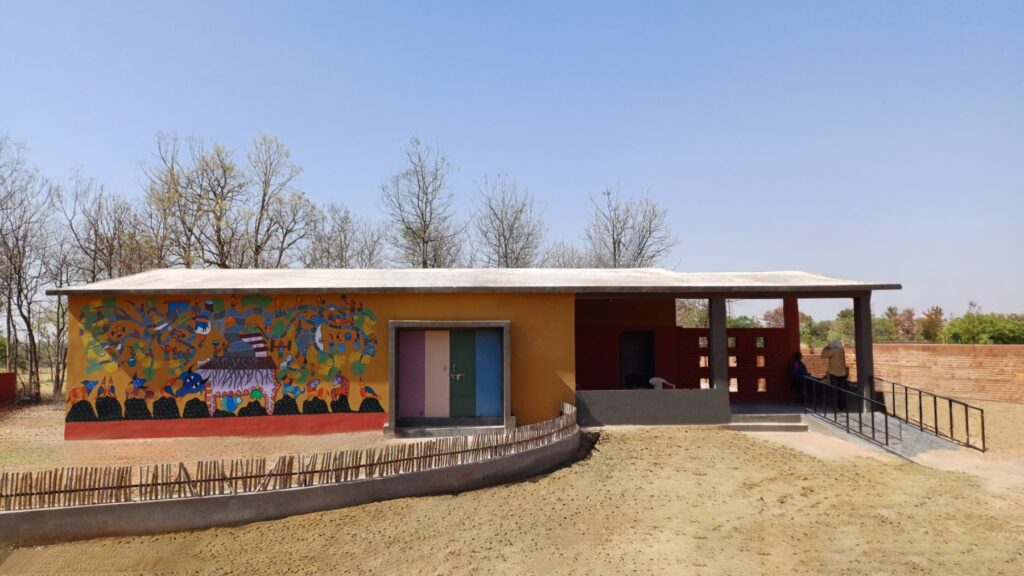
Knowingly or unknowingly design practices get dragged on paths that may not necessarily define the intent and aspirations of a journey. But there are junctures, that give us a chance to re-align the north and consciously re-define the road ahead. This project is one such point in the journey of our practice, that has defined the purpose of what we do – beyond the pragmatic definitions of a design studio, understanding the complex layering of community, society and development.
This is a responsibility that we have shouldered with the pure intent of being a minuscule contributor to nation-building by virtue of design interventions. It all started with the purpose to re-design a prototype of a small Aanganwadi building to be replicated across the district, mostly in tribal and backward areas located far away from the towns and cities. The existing buildings were inhuman, in some cases dilapidated and in most cases not suitable for the defined usage!!
‘The essence of design interventions lies in the response to the context—Architecture should belong to it’s Place.’ We at Studio Infinity firmly believe in this ideology and within the constraints of an urban practice, it has been our constant endeavour to address the contextual references wherever we are designing.
The setting here was rural and seemed like a world which is decades away from the developed centres of our country. We were supposed to create a space that would largely be inhabited by tribals and villagers across the district of Chattarpur in Madhya Pradesh. A space that will be a catalyst for community building and a bridge between the deprived and developed minds. A space that will harness the budding India to be a hope for tomorrow!
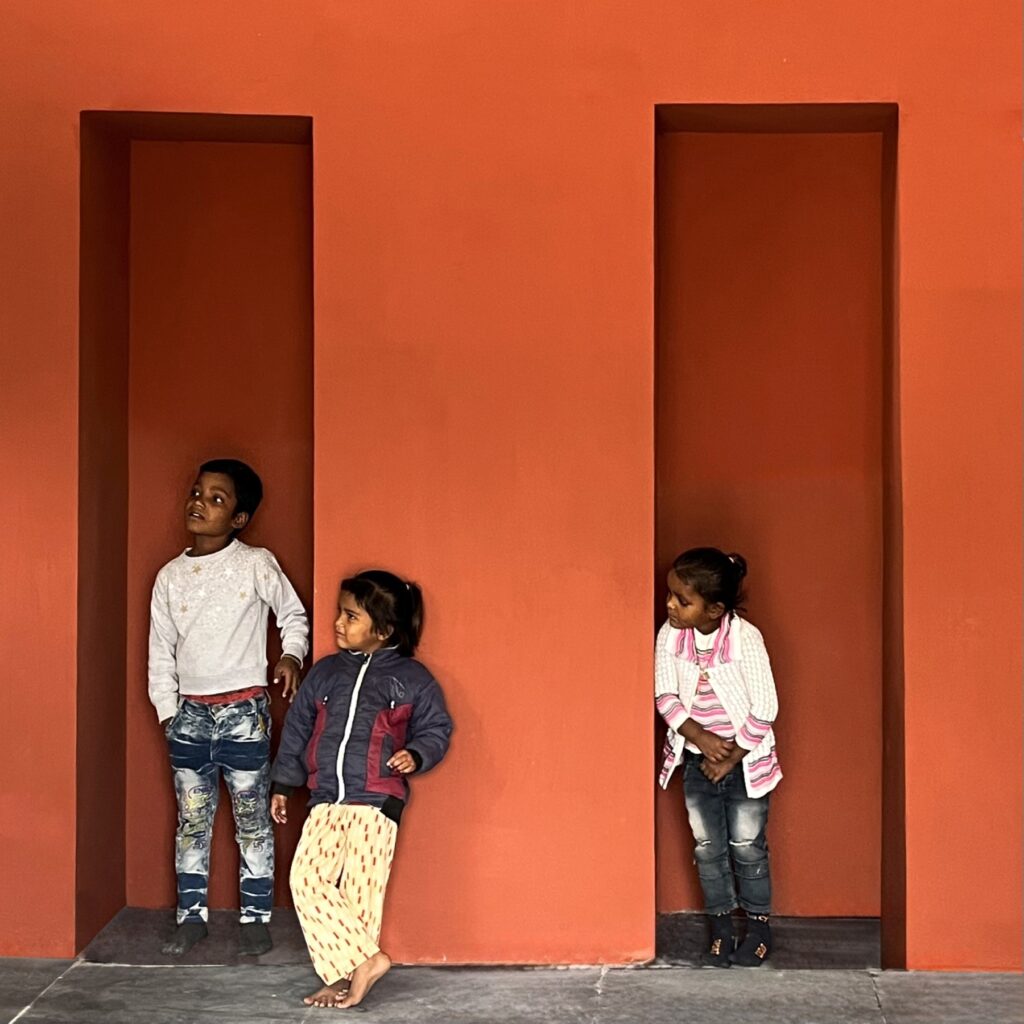
A Space is incomplete without people. The ultimate purpose of a built-form is to be occupied by a user, who will pour in life in the otherwise dead volumes and masses. So when we design, how can we not keep the user as a pivot and ensure that everything we do revolves around this idea?
Here, the users were a varied age group—kids who would come for their early education and women who would visit for primary health care. This is one of those projects where the space is defined beyond its pragmatic brief for the community and for its well-being. A space for the people of this soil, who in most cases are deprived of basic facilities for education and health!
‘Aanganwadi’ which translates to ‘courtyard shelter’… as a program was first initiated by the Indian government in 1975. The main purpose was to support integrated child development across small and large villages in our country.
Over the years Aanganwadi centres have become multifunctional spaces that support activities of a pre-school, meals to alleviate malnutrition and basic healthcare for women and children. But for various reasons, these centres have had their share of negligence, poor maintenance and low turnout of villagers.
So to address the root causes leading to less than desired usage of these spaces, we decided to make this program more inclusive. The space was now designed to support community engagement and generate a sense of ownership among the village folks. All of this was to be achieved within the constraints of tight budget, far away locations, bureaucratic hurdles and gross ignorance at all possible levels. This project is our humble attempt to perceive design as a catalyst for nation-building!
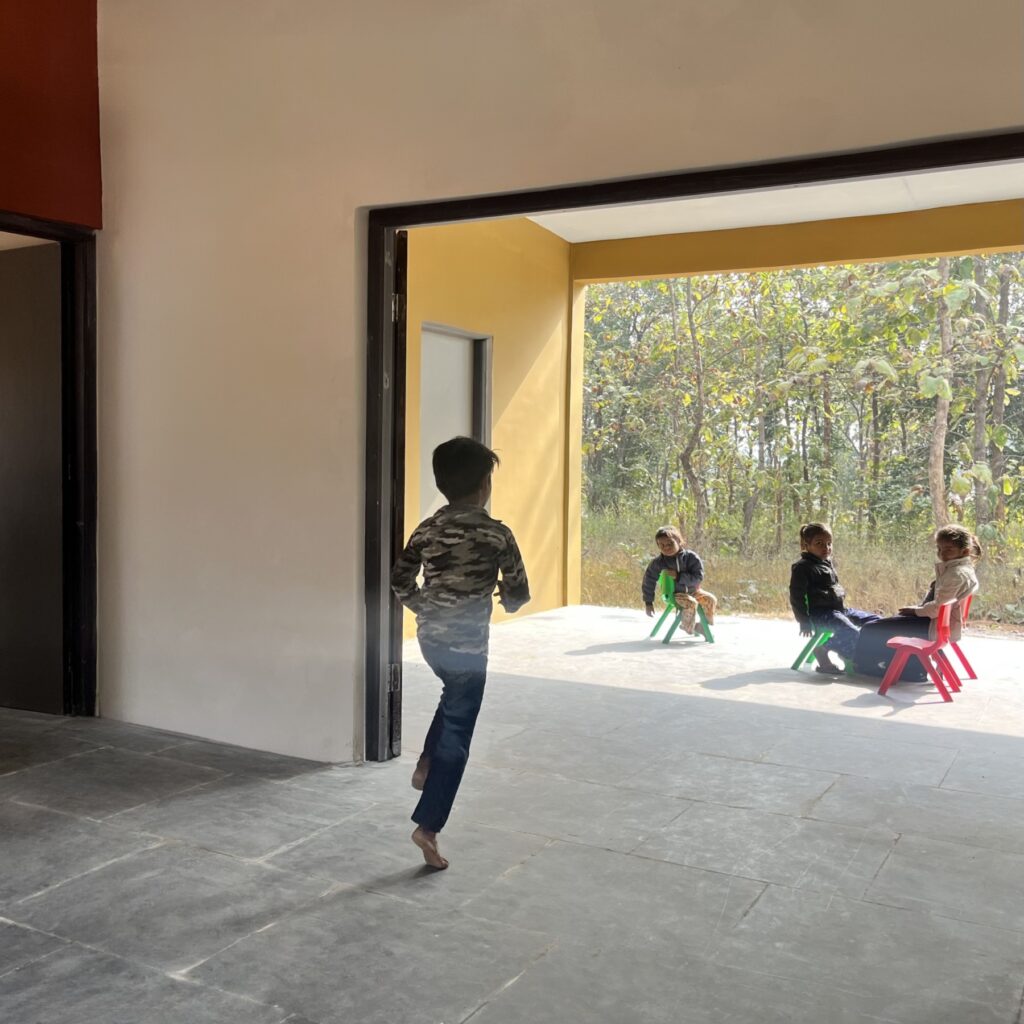
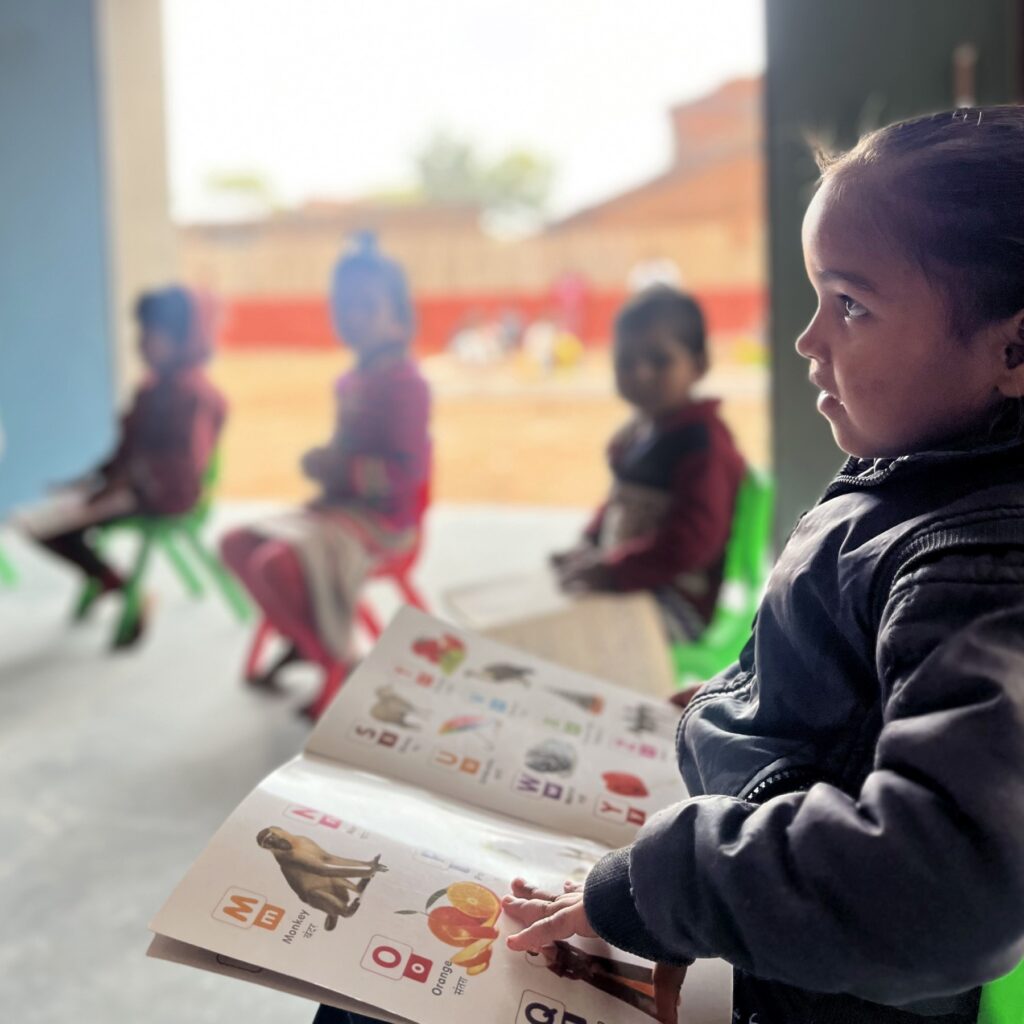

The transformation of tangible and non-tangible aspects of the program into a physical space was the most crucial part of this project. Whatever we did had to fit well within the constraints of budget, timelines and practical issues faced during the execution of these Aanganwadis in remote locations.
Our attempt was to follow the basic fundamentals of visual and spatial connections and make the spaces more flexible for undefined usage. Every room was designed to facilitate some dialogue with the adjoining open areas. One of the biggest challenges was to make this unit so flexible that when it gets replicated in various sites of varying scales and dimensions, it still can adjust retaining its prime essence!
One of the most interesting aspects of public projects is ‘PEOPLE’. People for whom the space is being built and people who build it. The latter ones are usually forgotten with time, but their contribution to a successful public building cannot be overlooked.
What makes a difference is the Vision of the Leader, the Creativity of the Designers, the Intent of the Bureaucrats, the Efforts of the Executors and the Acceptance of the Society. Despite the scale being very small, the challenges were immense and it was the sheer positive energies of everyone involved that the idea took shape into reality..!!
The Verandah in our Indian context has always been a space that not only is a ‘pause point’ before one enters the main premise but also a space that is meant for interactions with the outdoors and outsiders.
Here the Verandah apart from serving its basic purpose, also becomes a space for primary vaccination camps for women from the neighbouring villages.
Our designs intended to create well-shaded spaces allowing cross ventilation as a response to the local climate and a ramp leading to a low raised plinth allowing easy accessibility for elderly people or the ones with special needs!
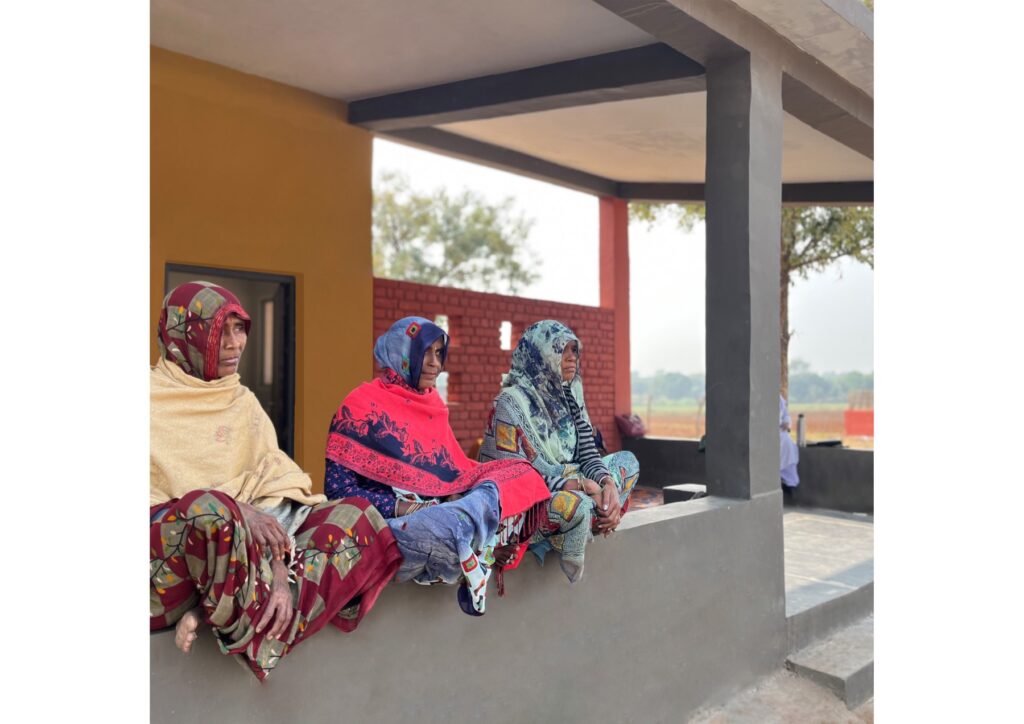
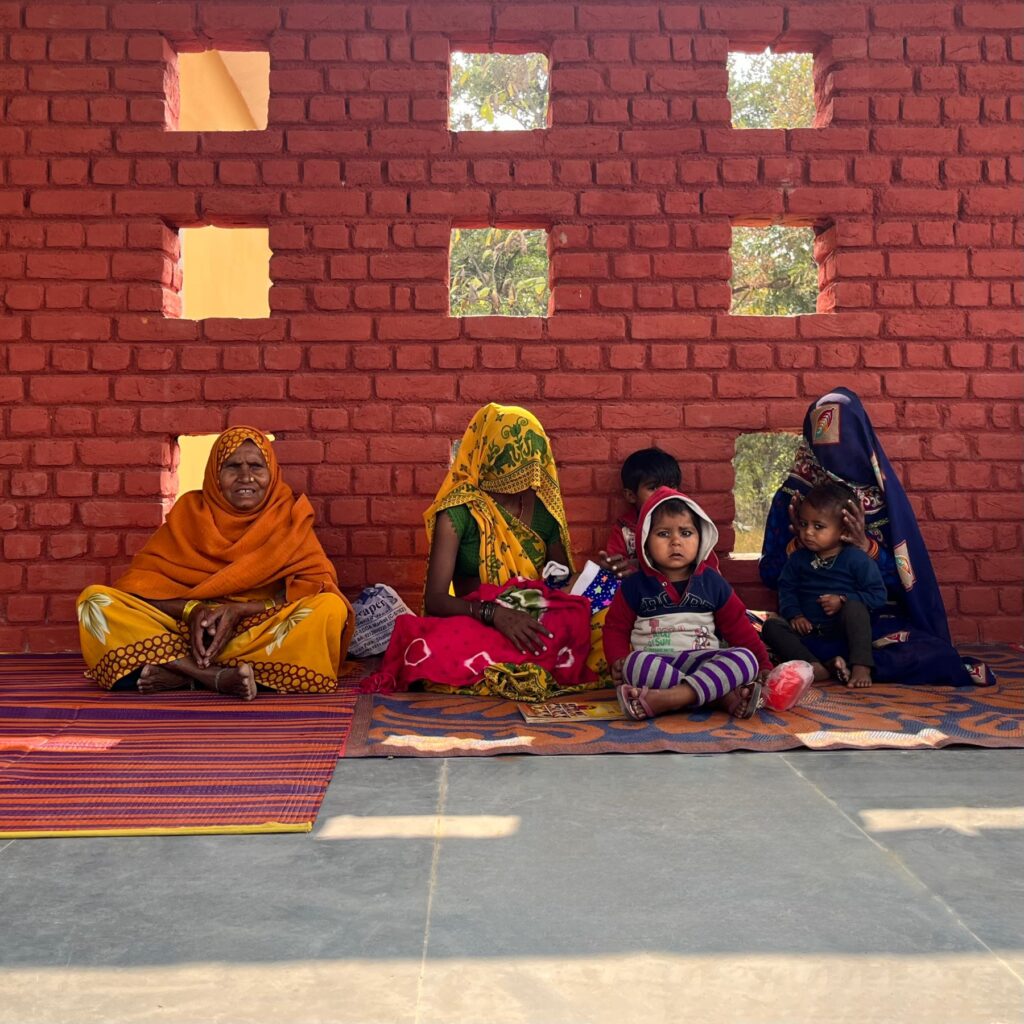
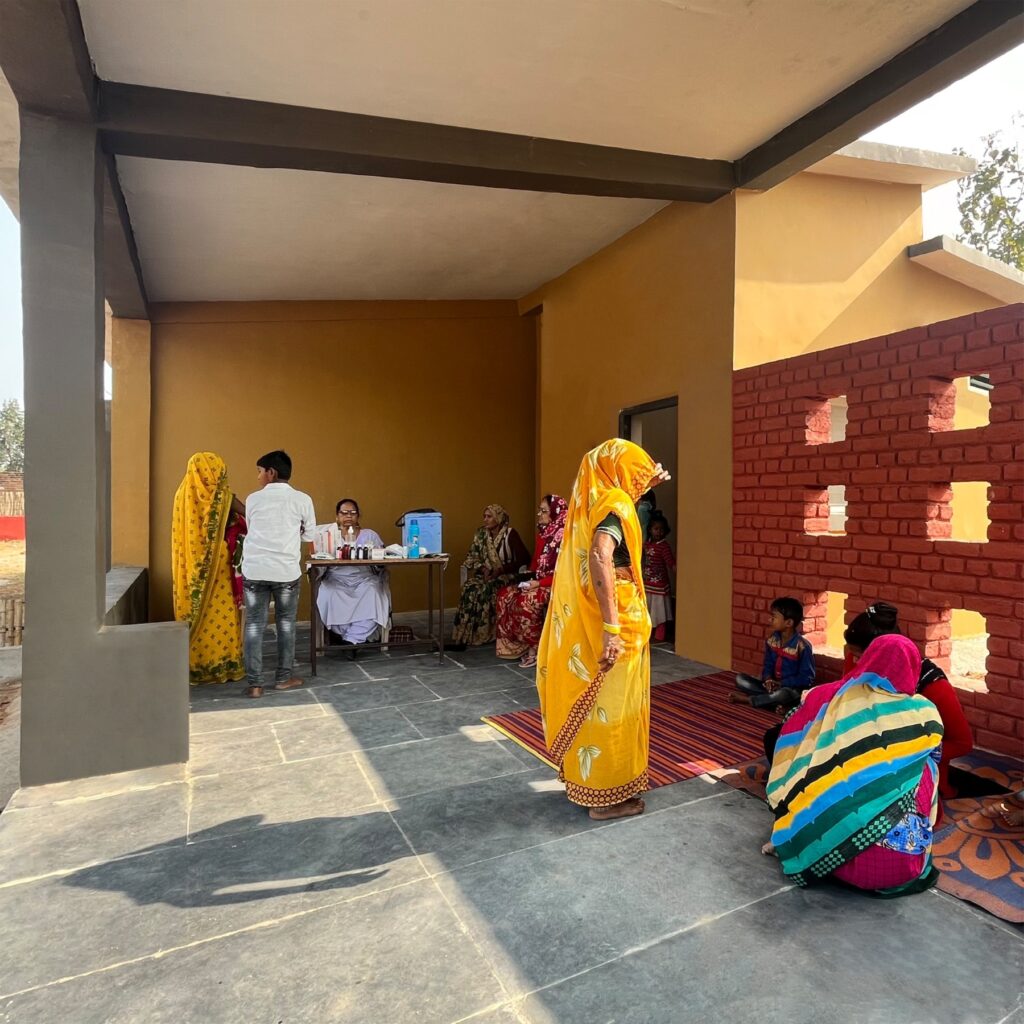
No space is complete without its occupants. These young kids who come to the Aanganwadi for early education bring life into otherwise dead volumes made of brick and stone. The government not only provides education but also provides nutrition-rich mid-day meals to every child who enrols in these programs. This space keeps changing from a classroom to a dining room to a play zone throughout the day. So our intention was to create interconnected spaces which can be segregated whenever required to support varied activities!
Finally, sharing a few glimpses of the building’s exterior. Like most other buildings, here the facade is not only seen as an element of architecture, but it becomes a canvas for community involvement.
The Bundelkhand region is known for its art and one can find excellent artists even in small villages. Since we wanted our building to be deeply rooted in the region, the idea of creating a blank wall on the front side emerged, which was to be left blank for the local community to create an identity of their own. The facade of this particular Aanganwadi is hand painted by a local artist Yashwant, in a typical Bundelkhand style expression demonstrating how art can elevate a humble building to another level of aesthetics.

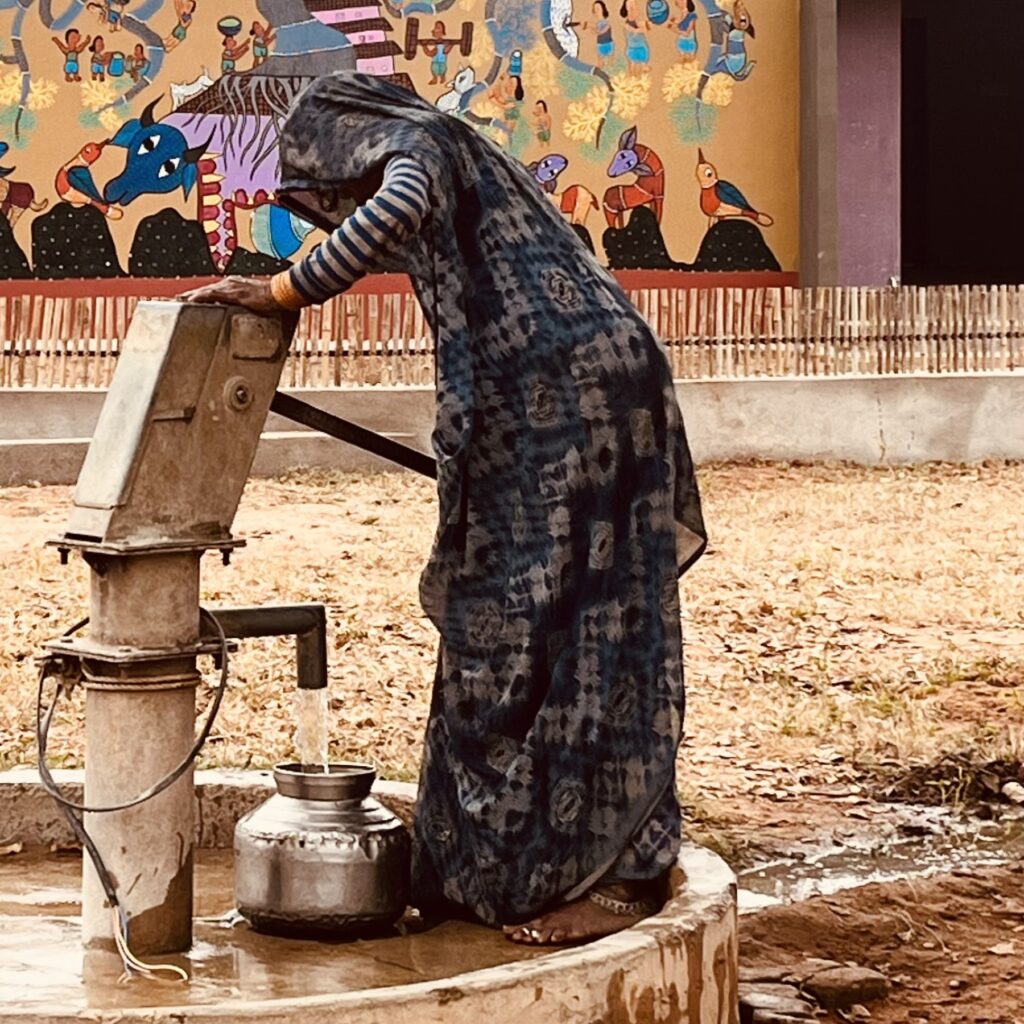

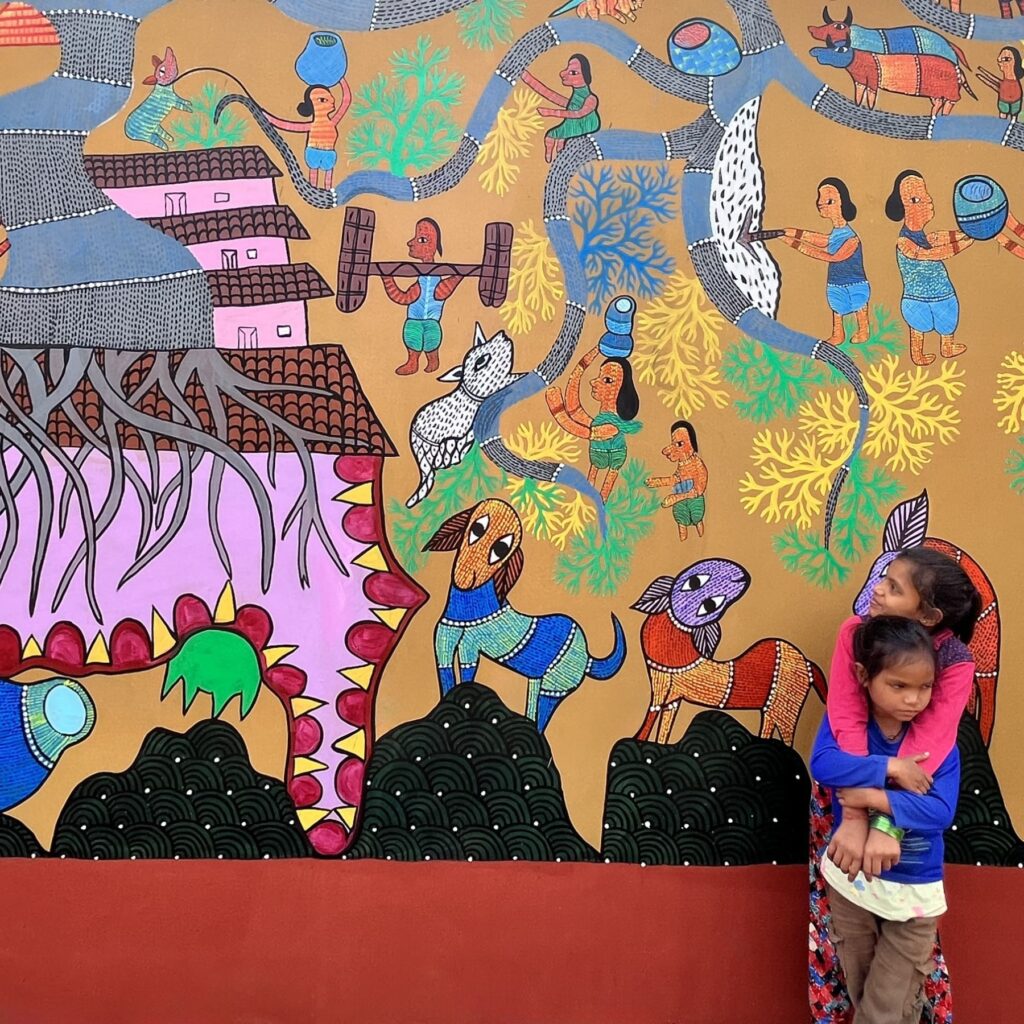
… and for us, the circle is complete where the government, local community and traditional wisdom – all come together in the making of a ‘NEW INDIA”!
Project Drawings:
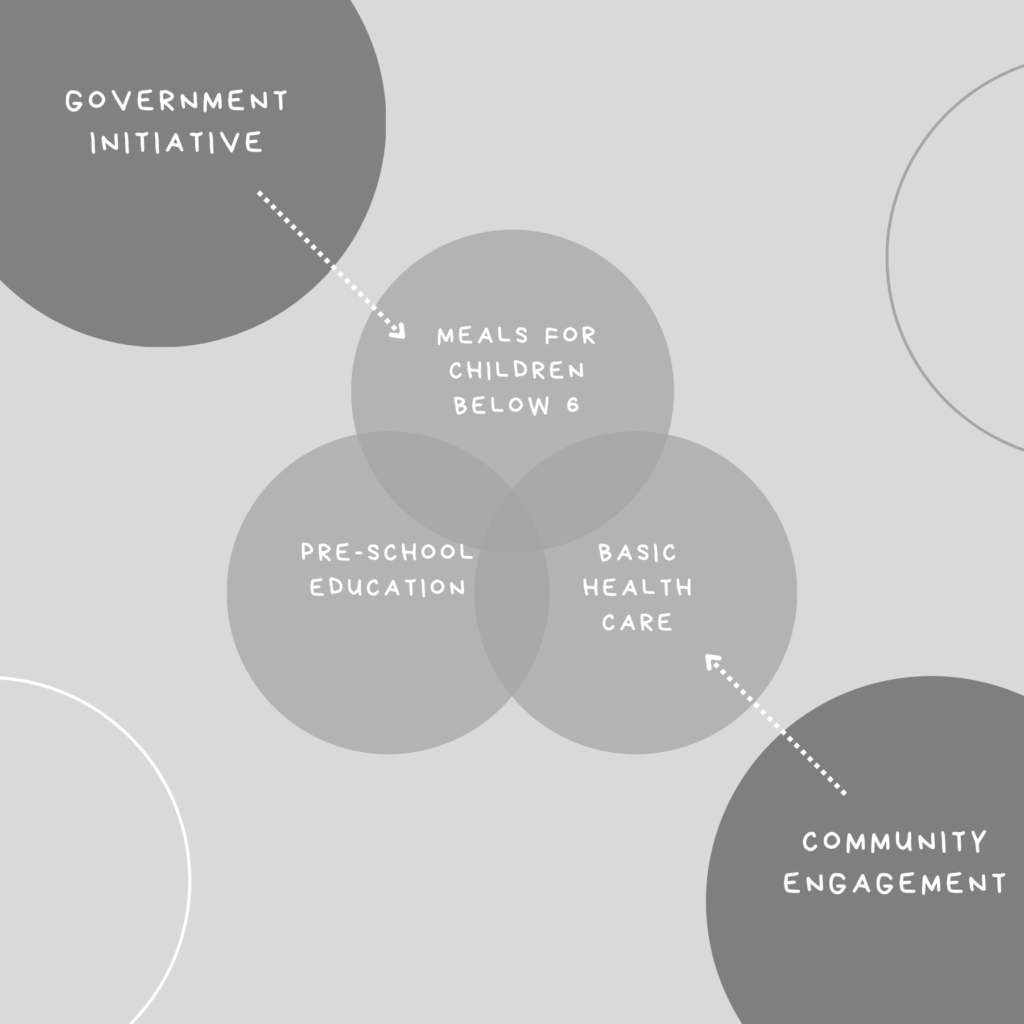
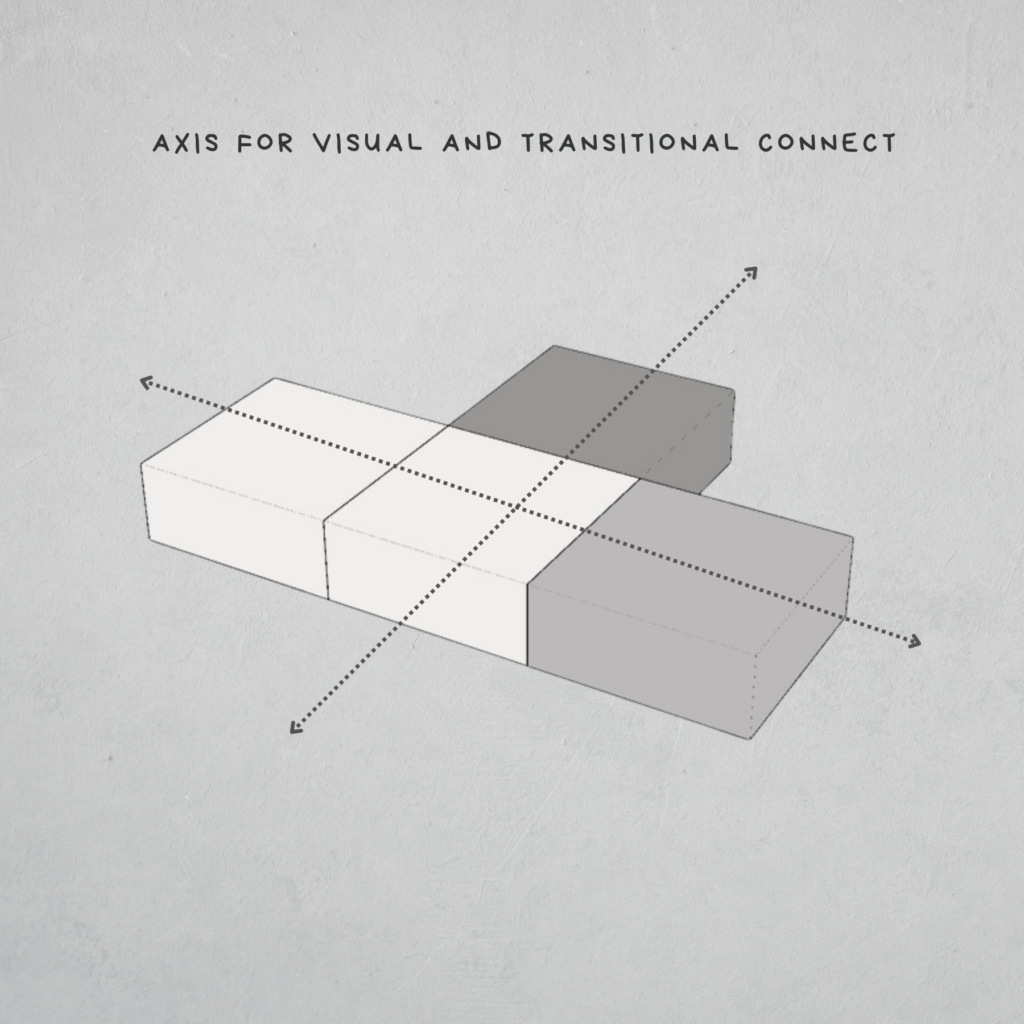


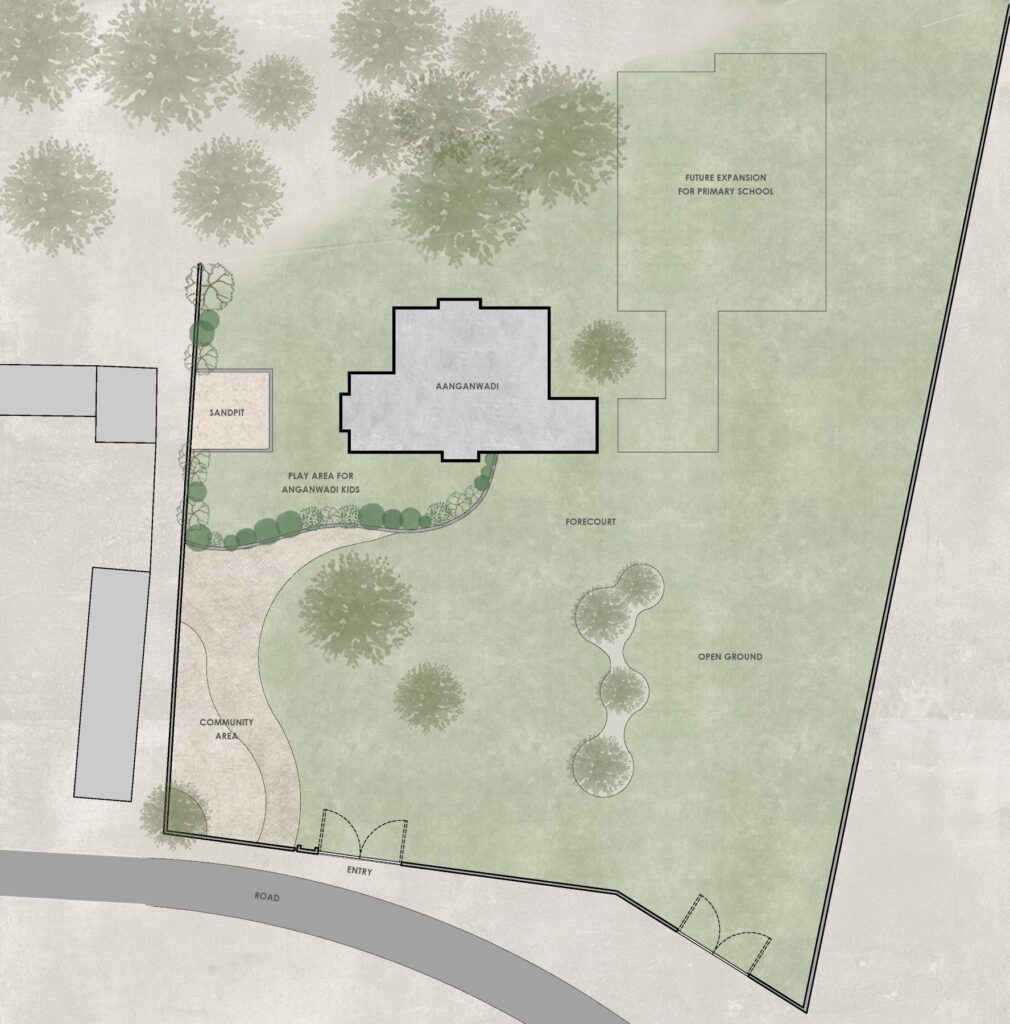
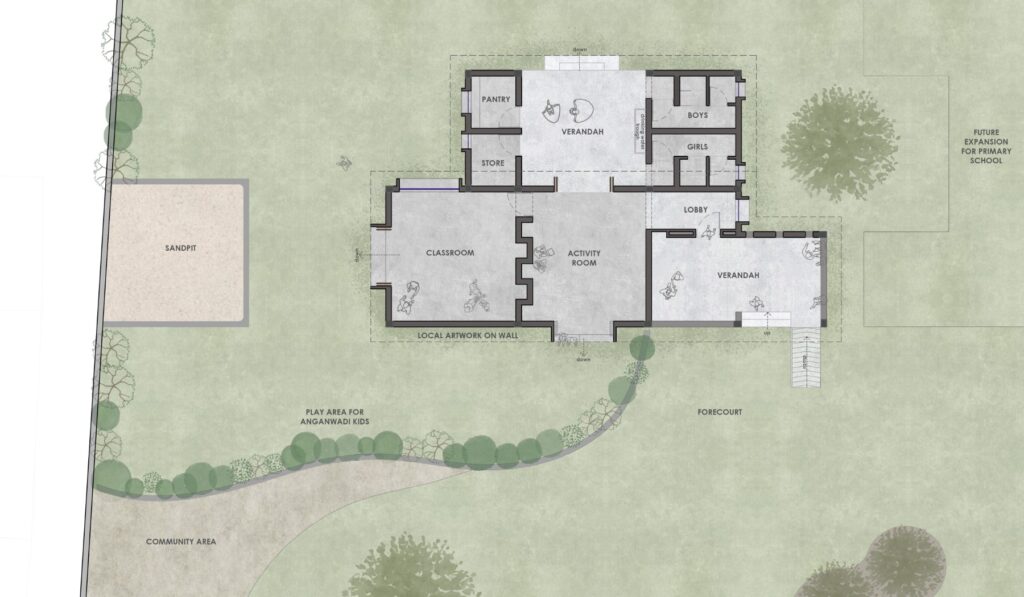
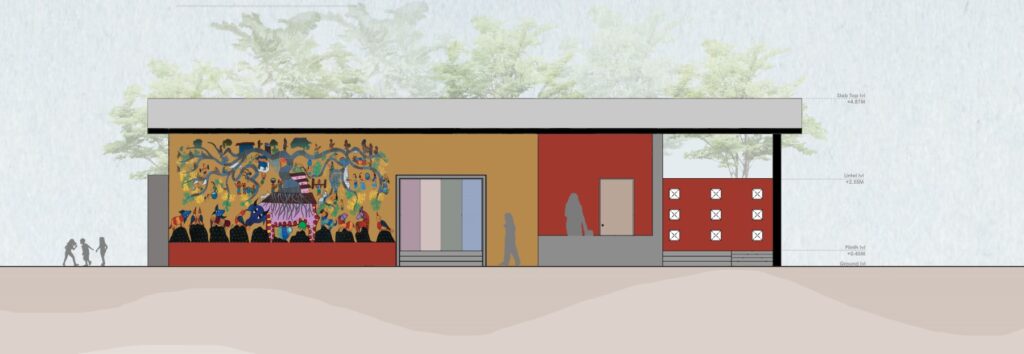

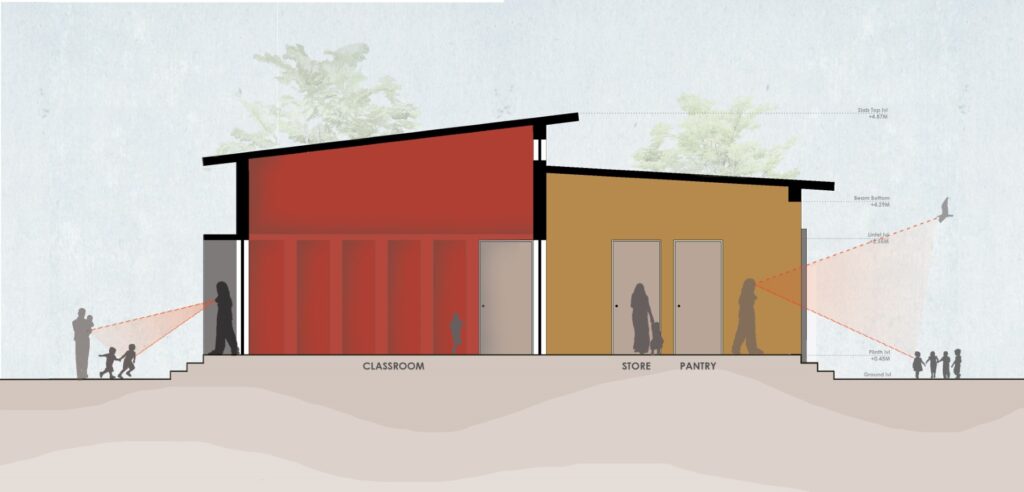
Project Details:
Name: Model Aanganwadi
Location: Rural and Tribal villages across Chhatarpur District, Madhya Pradesh
Typical Built-up Area: 1, 570 sq. ft.
Plot Area: Varies as per location.
Typology: Public and Educational Building
Client: Government of Madhya Pradesh
Designed by: Studio Infinity
Design team: Ar.Tushar Kothawade, I.D Chiranjivi Lunkad, Ar. Aishwarya Katte
Photographs Courtesy of Studio Infinity
Description: Studio Infinity

